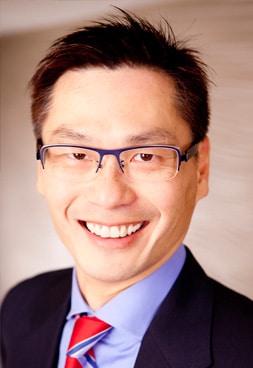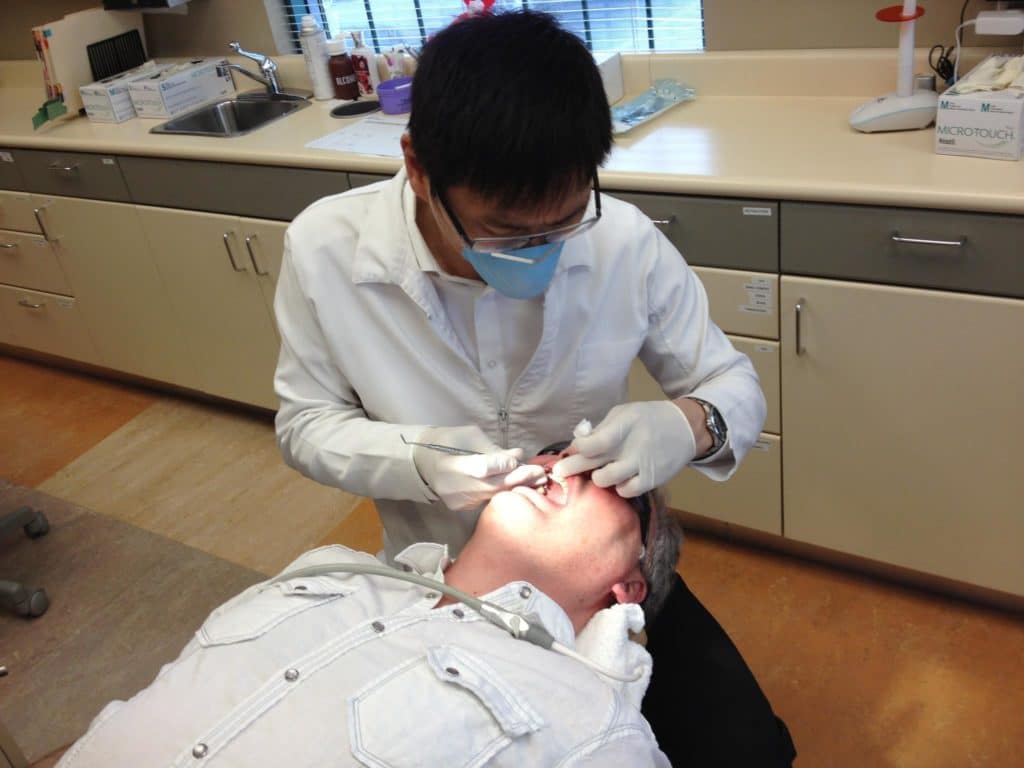Welcome to the BC Head Pain Institute Blog. I’m Dr. C. Lun Wang and I’d like to tell you how the Institute all come into being.

Dr. C. Lun Wang
Whenever you see dentists portrayed in movies or on television, you will see the dentist holding a drill or a big needle full of Novocain. It is a given that dentists deal with pain and head pain every day and must learn ways to control them effectively. The first time I used a needle on a real person was during the beginning of our clinical term in third-year dental school. All of the third-year dental students gathered in the main clinic—you could see the tension in everyone’s eyes and even in some people’s hands as we prepared to perform our very first injection, using each other as guinea pigs. The idea was to pair up, and we would try to do a nerve-block on each other. We had learned all the anatomy and physiology and pharmacology about this procedure, but now we had to actually do it. It was a relatively easy procedure that, as practicing dentists, we would do every day. On that day, I injected my partner with Lidocaine, which is supposed to freeze the nerve in question for about 2 hours. Well, I hit the jackpot that day—I actually nicked the major nerve to the lower jaw with my needle, which is rarely done, and when that happens, the freezing can be very profound. In this case, the freezing lasted around 8 hours!
Over the next two years, we learned all about drilling and filling and other fun dental stuff. But most of all, we learned about pain control in the head and neck areas, which is crucial before, during and after most procedures. There is another type of pain that we deal with on a daily basis that is persistent: chronic pain.

-
According to the World Health Organization, 1 in 20 people in the developed world suffer with a daily tension headache.
-
150 million workdays are lost annually to headaches.
-
Over 12% of North Americans suffer from migraine every year.
Has chronic head pain reached epidemic proportions? With all our advances in modern medicine, why have we not found a cure for headaches? Yes, there are all kinds of treatments for headaches, and millions of patients benefit from it; however, there is a large group of chronic head-pain patients who have eluded all conventional medical treatments.
Chronic headaches and migraines are typically treated by physicians, which is the right place to start in most cases. However, over 80% of pain conditions in the head and neck areas actually involve the oral cavity and the jaw. Injuries resulting from improper force on the muscles, joints and other soft tissues in the oral cavity and in the head and neck areas contribute to a large percentage of chronic headaches and migraines. These patients with a complex set of symptoms including tinnitus, vertigo, and others, collectively describe a condition called Dentomandibular Sensorimotor Dysfunction (DMSD).
Until recently, there has not been a way to properly and systematically assess this condition, leading to partial or ineffective treatment. The breakthrough came with the realization that we must incorporate the expertise of advanced dentistry and medical rehabilitation techniques in order to address the needs of this type of head pain. A combination of technologically advanced assessment tools from both medicine and dentistry is used to pinpoint areas of injury. Dentists, with their basic medical training and extensive knowledge in the head and neck areas, are the best choice to carry out these assessments and procedures.

With this blog series, I will talk about the hidden secrets that have kept so many chronic head-pain patients from finding effective, lasting relief from their pain. We will examine why they have tried every type of treatment out there and are still suffering. We will discuss the frequent causes of chronic pain in the head and neck areas, and all the symptoms associated with these disorders.
Best of all, we will talk about effective treatment for chronic headache sufferers. I will explain why these cases have slipped through the cracks of our medical system, and why dentists hold the key for solving them. Since 1 in 5 people in the general public will have suffered one or more of these pain conditions in the past year, the assessment and treatment we talk about here will be essential to you or someone you know. I look ofrward to you join us on out journey of helping hundreds of people, maybe just like you journey on the path to zero head pain.
